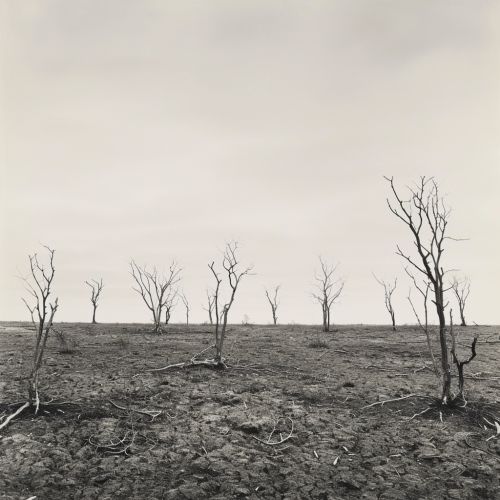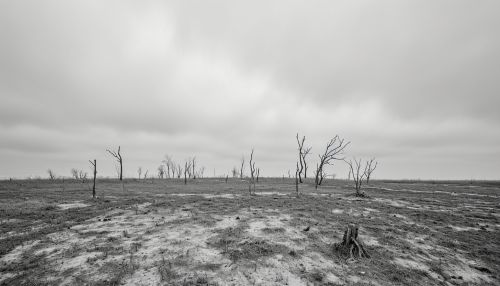Soviet famine of 1932–33
Background
The Soviet famine of 1932–33, also known as the Holodomor in Ukraine, was a devastating famine that occurred in the major grain-producing areas of the country, particularly in Ukraine, Northern Caucasus, Volga Region and Kazakhstan. The famine was a direct result of the collectivization policies implemented by Joseph Stalin's government, which aimed to transform the Soviet Union from a predominantly agrarian society to an industrial power.
Causes
The primary cause of the famine was the forced collectivization of agriculture in the Soviet Union. The policy was intended to consolidate individual landholdings and labor into collective farms, which were supposed to increase food production but instead led to a significant drop in crop yields. The collectivization policy was met with resistance from the peasantry, who were forced to give up their land and livestock. The Soviet government responded with brutal repression, further exacerbating the crisis.


Impact
The impact of the famine was catastrophic, with millions of people dying from starvation. The exact number of victims is still a subject of debate among historians, but estimates range from 3.3 to 7.5 million deaths. The famine also had a profound effect on the socio-economic fabric of the Soviet Union, leading to a significant decline in the rural population and a shift towards urbanization.
Aftermath
The aftermath of the famine was marked by a policy of denial and censorship by the Soviet government. Any discussion of the famine was suppressed, and it was not until the 1980s, during the period of perestroika and glasnost, that the Soviet authorities acknowledged the existence of the famine. Today, the Holodomor is recognized as a genocide by Ukraine and other countries, while Russia and some other states regard it as a tragedy but not an act of genocide.
